1. Endless Cul-de-Sacs

Cul-de-sacs are marketed as safer, quieter alternatives to through-streets, but they often create frustratingly inefficient traffic patterns. Emergency vehicles, school buses, and delivery trucks all have a harder time navigating them, adding hidden costs in fuel and time. Planners have also pointed out that cul-de-sacs increase car dependency by forcing longer drives to reach main roads. Yet nearly every suburban development seems to insist on building them.
The appeal is mostly psychological: they feel cozy, private, and give the illusion of exclusivity. But this layout drives up infrastructure costs since each cul-de-sac requires its own water, sewer, and road maintenance. That means higher municipal budgets, which homeowners collectively pay for through taxes. The irony is that most residents rarely use their cul-de-sacs for anything beyond parking.
2. Over-Sized Retention Ponds

Those fenced-off ponds you see dotting suburban neighborhoods aren’t ornamental; they’re stormwater retention basins. Their purpose is to prevent flooding by capturing runoff from roads, roofs, and lawns. While functional, they take up valuable land that could have been used for parks, playgrounds, or housing. They also require ongoing maintenance to avoid turning into algae-filled eyesores.
Homeowners rarely think about the upkeep costs, but local governments and HOAs often foot the bill, and that trickles down to residents. The ponds don’t add much aesthetic or recreational value, yet they eat into communal budgets. In areas with frequent rain, the maintenance costs can be surprisingly high. It’s the definition of paying for something you’ll never use.
3. HOA-Mandated Mailbox Uniformity
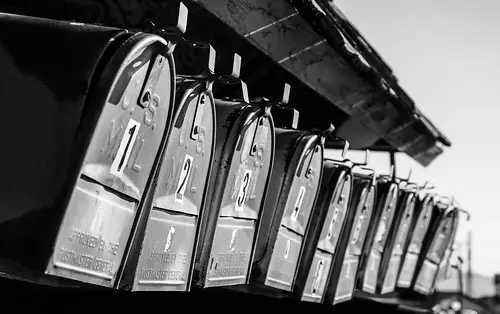
In many suburban neighborhoods, HOAs enforce strict rules about the type, color, and even height of mailboxes. The argument is that uniformity preserves property values by maintaining a “neat” appearance. But the reality is that residents end up paying extra for specific, sometimes overpriced, mailbox models. It’s conformity at a cost, and most people don’t even care enough to notice.
What’s stranger is that these rules often come with enforcement fines. If your mailbox leans a little or has chipped paint, you can get dinged with a fee. Those fines, along with HOA dues, end up subsidizing enforcement for what is ultimately a cosmetic issue. It’s a classic example of spending money on something nobody genuinely asked for.
4. Giant Decorative Entrances
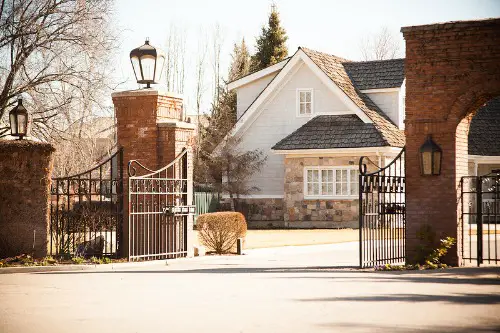
You’ve seen them: massive stone walls with scripted lettering announcing the subdivision’s name. These gateways are designed to feel prestigious, as if you’re entering a private club instead of just another neighborhood. They cost tens of thousands of dollars to build and must be maintained over time. Landscaping, lighting, and repairs all come out of resident fees or municipal budgets.
Ironically, most people drive past them without giving them more than a glance. They don’t improve safety, reduce noise, or provide any real utility. Yet residents collectively pay to keep them manicured and lit. The benefit is purely symbolic, which makes them an easy example of wasted spending.
5. Empty Clubhouses
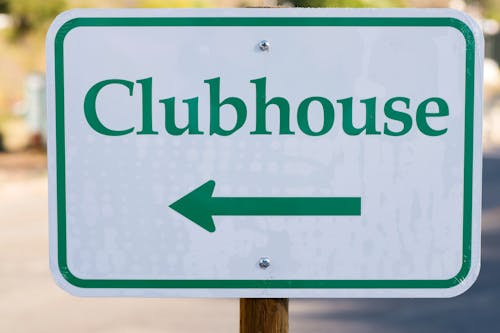
A lot of suburban developments include a clubhouse that residents almost never use. They’re pitched as community gathering spots, but in practice, most people don’t host events there. The maintenance costs—cleaning, heating, cooling, and repairs—can be substantial. And the bigger the clubhouse, the bigger the tab.
Instead of being lively hubs, many of these buildings sit dark and locked most of the year. Meanwhile, HOA fees keep rolling in to cover their existence. If residents really want a gathering space, local libraries or parks usually offer more accessible options. Yet developers continue to market these clubhouses as “amenities” that boost home values.
6. Overly Wide Streets
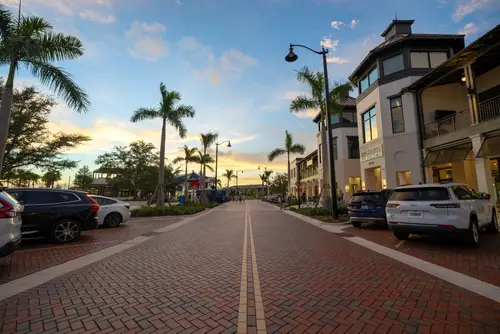
Suburban streets are often much wider than necessary, designed to accommodate two lanes of parked cars plus through-traffic. This design not only encourages speeding but also increases the cost of paving, plowing, and repaving. The bigger the road surface, the higher the maintenance expenses. And those costs come straight out of city or county budgets.
Ironically, most of these streets rarely see more than a handful of cars parked on them. That means residents are paying for extra asphalt they don’t need. Narrower streets would calm traffic and reduce expenses, but suburban planning norms keep defaulting to excess width. It’s a bill spread across taxpayers for little actual benefit.
7. Pointless Sidewalk-to-Nowhere Paths

Developments often include sidewalk segments that lead directly into grass, fences, or dead ends. They’re the product of building codes requiring sidewalks without considering practical connections. While they technically “check the box” for walkability, they don’t actually help anyone get around. You end up with concrete slabs that serve no purpose beyond tripping hazards.
Every square foot of concrete needs to be poured, inspected, and maintained. Over time, cracked sidewalks have to be repaired or replaced, which means more spending. Yet almost nobody benefits from a sidewalk that stops short of being useful. Residents are paying for the illusion of pedestrian infrastructure without the function.
8. Underused Tennis Courts

Many suburban neighborhoods boast tennis courts that sit empty for most of the year. They were once seen as a status symbol, suggesting an active, upscale lifestyle. But pickleball, gyms, and other forms of recreation have largely replaced their appeal. The courts themselves crack, fade, and need costly resurfacing every few years.
Few residents actually use them, yet everyone pays for their upkeep through HOA fees. The irony is that even if someone wants to play, the courts are often neglected or locked. A grassy field would arguably serve more families at a lower cost. Yet the tennis court remains a fixture of suburban “luxury.”
9. Decorative Street Lighting
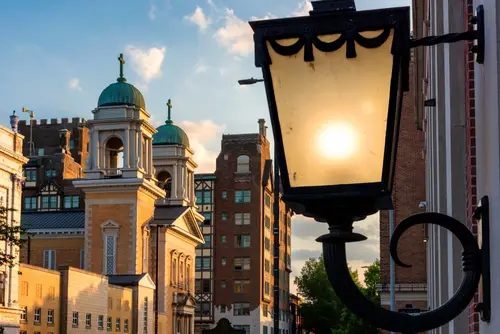
Stylized lampposts line many suburban streets, chosen more for aesthetics than function. They look quaint, but they’re often less efficient than standard municipal lighting. Installing and maintaining these lights can cost significantly more than traditional alternatives. Energy bills are also higher if outdated bulbs are used.
Meanwhile, residents may not even notice the difference, except when fees go up. A streetlight is a streetlight; whether it’s ornate or plain, the job is the same. Yet neighborhoods continue to pay extra for decorative versions. It’s vanity infrastructure dressed up as necessity.
10. Community Fountains
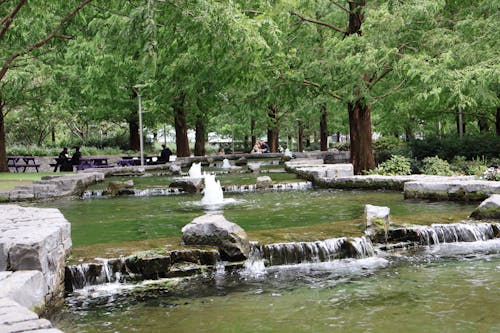
Those bubbling fountains at subdivision entrances may look elegant, but they’re money pits. Pumps, electricity, and water treatment all add up to ongoing expenses. Without constant upkeep, they quickly become algae-filled and unpleasant. They also waste water in areas where conservation is a concern.
Most residents don’t linger by the fountain—it’s just something they pass by in their cars. And yet, the costs are baked into HOA dues or local assessments. The fountain doesn’t improve quality of life in any meaningful way. It’s just a shiny distraction with a bill attached.
11. Empty Parking Lots
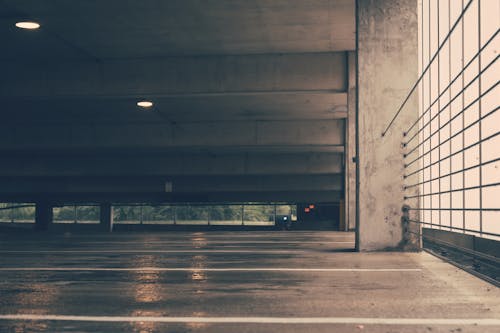
Suburban developments often build oversized parking lots to meet zoning requirements. These lots sit mostly empty, baking in the sun and contributing to heat islands. Asphalt maintenance and snow removal inflate municipal budgets. Residents end up covering those costs whether they use the lots or not.
The irony is that more parking doesn’t necessarily improve convenience. Instead, it sprawls out land use and discourages walkability. Meanwhile, those underused spaces could have been green areas or additional housing. It’s an expensive waste of space that benefits very few.
12. Playground “Enhancements” Nobody Uses
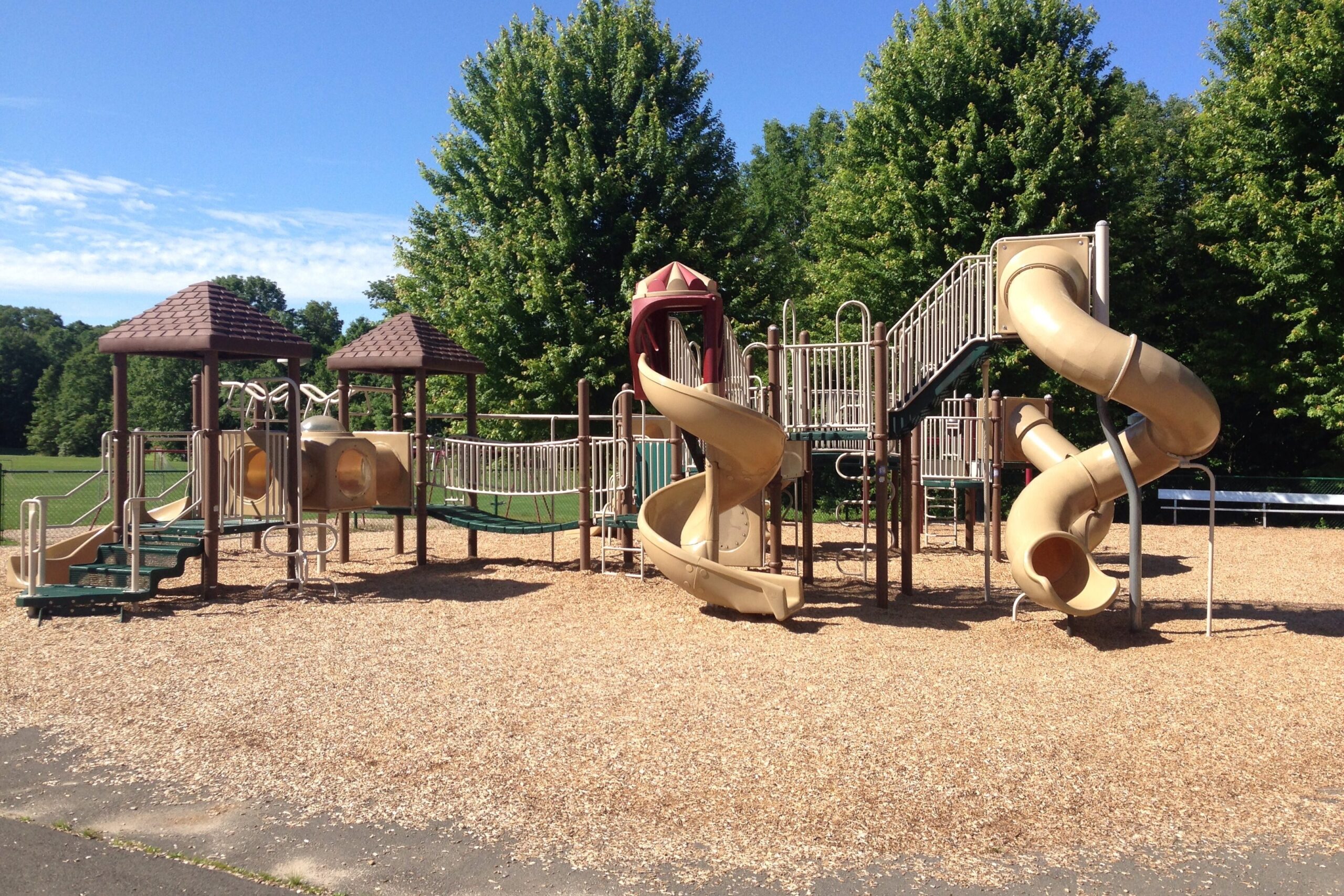
Playgrounds are essential, but some neighborhoods splurge on unnecessary extras like elaborate climbing sculptures or fake boulders. These features are expensive to install and maintain, yet kids often ignore them in favor of the swings or slide. The upgrades are usually added to make the development feel more “premium.” But the practical value is questionable.
Worse, these fancy additions often wear out quickly or fall out of compliance with safety standards. That means repair or replacement bills arrive sooner than expected. Residents pay for these amenities whether or not they have kids. It’s another example of spending for appearances over usefulness.
This post 12 Suburban Amenities That Nobody Asked For—But Everyone Pays For was first published on Greenhouse Black.
